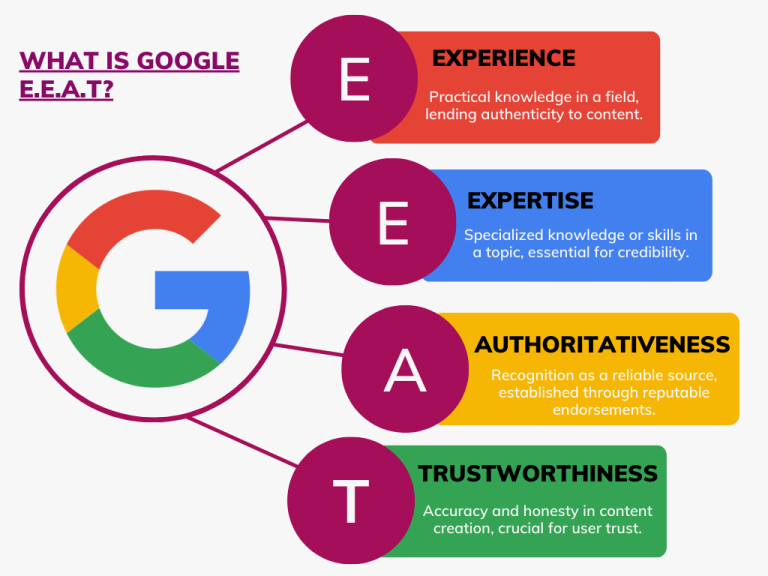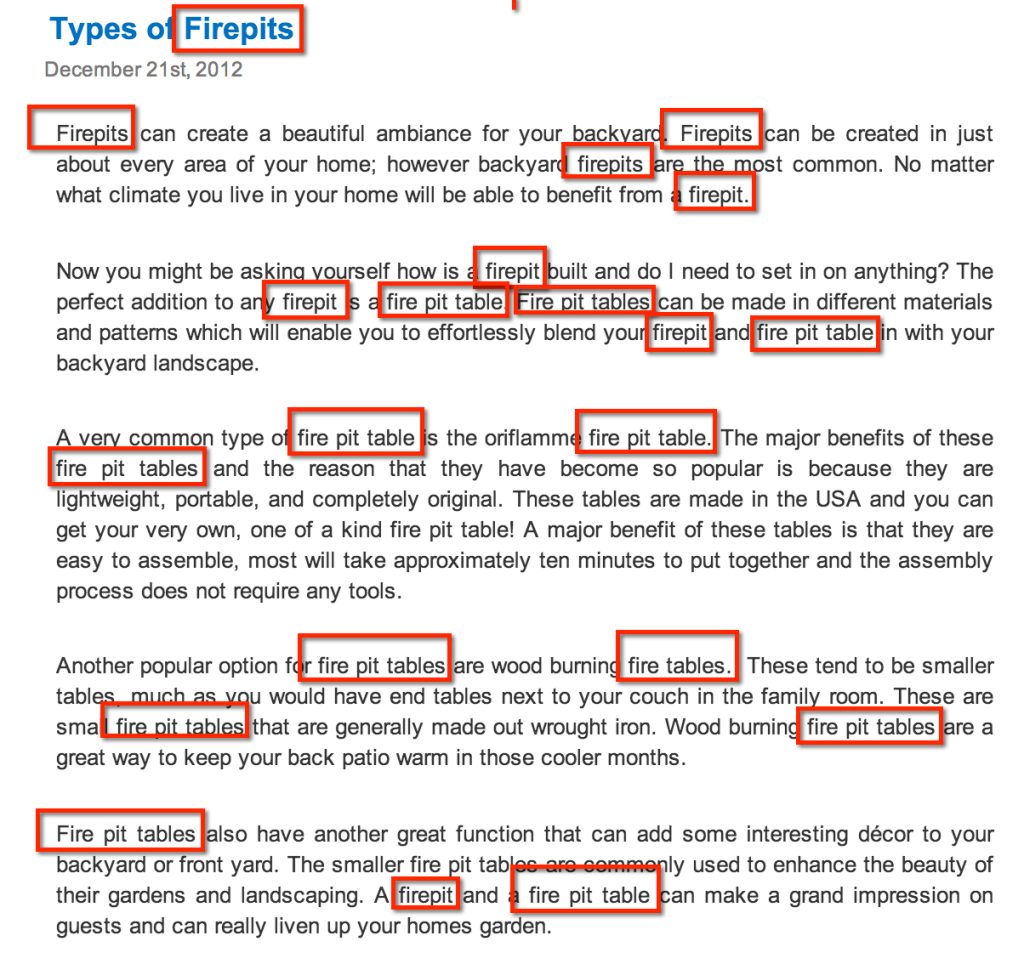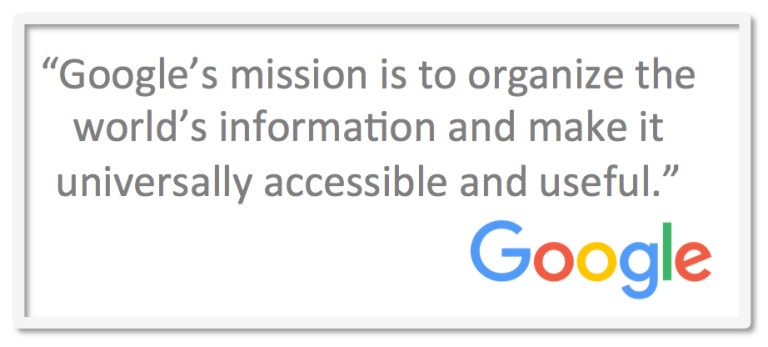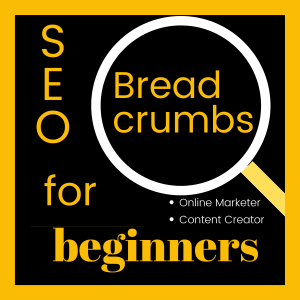~ Prevention Is Better Than A Cure ~
Most of us know that good SEO health can improve your website’s rankings in search engines like Google, Bing, Yahoo, etc, and everybody wants to earn more traffic, clicks, and conversions.
However, lousy SEO can harm your entire online profile, severely wasting time and money. It will damage your website’s rankings and your company’s offline reputation, and you may not recover!
This is why we have created these seven most common poor SEO health practices and explain how you can fix or avoid them completely.
But first, let’s define bad SEO and its consequences. . . .

What Is Bad SEO Health?
Bad SEO is any practice that hurts your rankings, provides a poor user experience (UX), or goes against Google’s guidelines. A poor UX leads to a higher bounce rate (when people leave your site without performing an intended action).
Don’t worry—bad SEO can also be accidental. For example, your site may have duplicate content you didn’t know about.
How To Avoid Unethical SEO Health Techniques
. . . Or Be It At Your Peril
Unethical SEO techniques are practices used to improve your website’s rankings that violate search engine guidelines in an attempt to manipulate a search engine’s algorithm.
Alternatively, ethical SEO techniques are practices used to improve your website’s rankings that follow search engine guidelines.
Exploring loopholes in a search algorithm will likely catch up with you. As search engines evolve, unethical SEO is becoming easier for Google to spot – besides, the penalties for getting caught just aren’t worth the risk.
What Is a Google Penalty?
A Google penalty (a.k.a. a Google Slap) occurs when the search engine determines your site is not following its search policies.
Suppose Google thinks you’re using unethical SEO practices. In that case, you’ll be punished with a “manual action”. In an effort to clean up the internet Google has developed strict guidelines on technical requirements, spam policies, and best practices.
7 Bad SEO Health Practices & How to Avoid Them
Start Well & Life Get's Easier
It’s an exciting time when you first start and build a brand-new website or blog, and it can be very easy to get distracted and forget some basic principles.
This isn’t an exhaustive list by any means, but if you start the right way and maintain good SEO health. Eventually, these habits will eventually become your system, and maintaining SEO health will become second nature.
Poor Quality Content
Why We Need Quality Content
High-quality content is one of the cornerstones of SEO health, so poor content can translate to bad SEO health.
Producing low-quality content to save time or money will likely accomplish the opposite. It can lead to poor search rankings, low conversions, and and give a solid hit to your brand’s reputation.
A piece of content may be low quality if it:
- Isn’t original
- Doesn’t answer the user’s search query (i.e., what they typed into Google before landing on your page)
- Doesn’t back up claims with facts and citations
- Has numerous grammatical or spelling errors
- Has poor readability
- Lacks E-E-A-T
How to Avoid Low-Quality Content
As a content producer you have a wealth of information that you can draw upon to produce a good article, blog post, V-log or product page.
This means you are alreaady an expert in your field and when you write poorly it reflects directly upon you and your business as a whole.
In order to avoid these situations, you need to produce content that is:
- Accurate
- Relevant
- Readable
- Useful
- Satisfying search intent
- Grammatically correct
- Credible (demonstrating strong E-E-A-T)

Duplicate Content = Bad SEO Health
Duplicate Content
Duplicate content refers to pages created with the same content. Or nearly the same, with a few words changed here and there. By nature, duplicate content is unoriginal. Unoriginality can also be a marker of low-quality content.
There are a few potentially negative consequences of duplicate content, such as:
- Lower page rankings
- The wrong version of a page showing in Google results
- Indexing issues
But, duplicate content can happen without you realizing it.
E.g. If you accidentally create a new piece of content on a topic, you already have a page or post that uses the same keyword – or if you publish variations of pages (like separate U.S. and U.K. versions of a page).
It means that when a search engine crawls your site, the spider or bot does not understand your site structure and will return negative information to the server for indexing.
How to Avoid Duplicate Content
There are multiple ways to prevent duplicate content:
Canonical Tags
A canonical tag is a snippet of HTML code that signals to Google that a page is the original, even if versions of it exist elsewhere.
To check your canonical tag implementation you will need to view page source – right click on your webpage.
Control F and search for ‘canonical’
Check that the url part of href= is the URL of the page you would prefer to be indexed.
Google can treat the canonical page as the main page and show that one in its results—rather than other versions of the content.
Use 301 Redirects
A 301 redirect tells Google a page has been permanently moved. It can be used in various situations, such as moving an existing page to a new URL.
Use 410Redirects
If a URL flags a 410, Google knows that you have removed this URL on purpose and will remove the URL from its index.
Too Many Ads Above the Fold
Advertising can be a great way to monetize your site, but displaying too many ads above the fold can negatively impact your SEO health.
When you create content for publishing, you should always consider the consumer and their search intent. What are they looking for? If it’s information, you will not only annoy your visitor with spammy ads, but your general SEO health will suffer also.

A “top-heavy” page means too many ads are above the fold. Top-heavy pages may be punished in search engine rankings. Too many ads above the fold will likely discourage users from staying on your site.
Try to balance your above-the-fold ads with non-monetized content 😊; there is no need to bombard your readers with a large block of ads when they first visit your page. Instead, mix ads with the content they came for and follow ad placement best practices.
It’s also considered good practice to keep away from ads such as – Pop-up ads – Auto-playing video ads with sound – Pre-Sale ads with countdown timers – any large sticky ads.
Keyword Stuffing
Sin number 4 – Keyword stuffing is the outdated practice of unnaturally loading your content with keywords.
This makes content appear unnatural and difficult to read and can also result in a manual action – Google Slap!
It’s an old SEO practice that was once commonly used to manipulate the Google search algorithm. But the algorithm has evolved to detect stuffing, and attempting it will do your SEO health efforts more harm than good.
Keywords are a critical component of good SEO health, but optimizing a page for keywords should never come at the expense of losing your reader because you wrote a piece of crap.

Toxic Linking and Plagiarism
Toxic Backlinks
Toxic backlinks are defined as – backlinks that can harm your website’s visibility in Google results.
These potentially harmful backlinks are typically acquired through what Google calls “link spam.”
In its link spam guidelines, Google gives the following examples of spammy links:
- Buying or selling links
- Exchanging links for money, goods, services, or samples
- Excessive link exchanges (“Link to me and I’ll link to you”)
- Partner pages exclusively for the sake of linking
- Using automated programs or services to create links to your site
- Requiring a link as part of a contract
- Paid ads with optimized links
- Low-quality directory or bookmark site links
- Keyword-rich, hidden, or low-quality links embedded in widgets
- Links in the footers or templates of content that appear on other sites
Forum comments with optimized links
Having links that appear to come from one of these spammy techniques could get you a Google slap.
Maintaining good SEO health is crucial for the success of your website. One effective strategy to achieve this is to proactively seek strong backlinks through methods like post-for-post exchanges.
Content Spinning
Content spinning (also called article spinning) is when you take someone else’s content, tweak it slightly, and then publish it on your site.
It’s thinly veiled plagiarism … so even if you’re clever about changing words here and there, publishing spun content can harm your SEO health, reputation, and perhaps even your bank balance.
Here are three approaches you can take to get ahead of your competitors.
1. Get inspired by competitor content:
Look at what competitors are producing to get inspiration for your original content. Then, find ways to approach the topics from new angles Or, take a similar approach but add value where the competing piece is lacking.
2. Take advantage of competitors’ content gaps:
If you’re pressed for content ideas, look for gaps in your competitors’ strategies and create quality content that stands out.
3. Use Google Trends:
Google Trends is a valuable tool for gaining insights into search trends and patterns on the Internet. However, several factors can influence its accuracy, and it’s essential to understand its limitations.
It provides relative data, which means it shows the popularity of search terms relative to each other, rather than absolute numbers. This makes it useful for identifying trends and comparing search interest but doesn’t provide precise numerical values.
The reality of SEO is the reality of every successful endeavor: It will take strategic, consistent, and sufficient efforts to rank well.
Viola Eva ~ Founder of Flow SEO
Over-Optimized Anchor Text
Anchor text is the clickable text that’s connected to a link.
Links help Google crawl and index your site and lead crawlers from one page to another relevant page. An anchor text also helps those crawlers understand what the linked-to page is all about. Anchor text is similarly essential for the reader’s experience. It directs your visitors to relevant resources and lets them know what to expect if they click the link. You can use anchor text in two ways:-
- As a Table of Contents, your reader may be in a hurry. If you use a clear ToC, your reader will know what is in your article, and Google will, too!
- As contextual links – These links occur naturally in your body copy. They should link to either similar content within your site or to a similar site as your own, e.g., an authority site.
However, some webmasters and bloggers misuse anchor text by over-optimizing it. Over-optimized anchor text, which is stuffed with keywords in a vain attempt to rank the linked page higher for those keywords, can actually harm your SEO health far more than it will benefit.
These anchor texts are keyword-rich terms—and vague. They rely on using high-value keywords at the visitor’s expense and don’t indicate what’s on the other side of the link.
To avoid over-optimized anchor text, follow some best practices, like:
- Being descriptive but concise
- Only link where a link is relevant
- Make it clear what’s being linked to
- Don’t stuff anchor text with keywords
- Use natural language
Begin With The End In Mind
Remember that Google guidelines are meant to improve the user experience and Google meaaasures UX. So, you should consider how your links, content, images, and anchor texts benefit the viewer. Always optimize for the reader rather than how your content appears to Google crawlers.
Like it or not, Google currently controls 90% of the search market, so it makes sense to optimize your site for Google and ‘give Google what Google wants’ and Google wants to organize the world’s information.
Isn’t it therefore incumbent upon ourselves as content creators and publishers to provide Google with information that is – organized, accessible & useful?

Have a Question?
F
A
Q
Still need help finding what you’re looking for?
Drop Us A Line & we’ll get back to you within 24 hrs 🙂
Most Common Questions
A SEO health check evaluates your website’s overall SEO performance, identifying issues and areas for improvement. This includes – links, images, site structure, content originality & E.E.A.T
On-page, off-page, technical, and local SEO are interconnected. Good SEO health practices in all four of these areas will vastly improve search engine ranking and online visibility.
Negative SEO involves tactics to reduce a competitor’s search engine rankings. Some of these include creating bad links, copying content, or attacking their site.
On-page SEO involves optimizing content for a specific keyword and incorporating it into the title, URL, meta description, headers, and throughout the article or post.
Adding breadcrumbs to your site also improves seo health and will aid your vistors navigation
Your site will need to be crawled by spiders. Google and other search engines can take four to six weeks to discover a new website.






